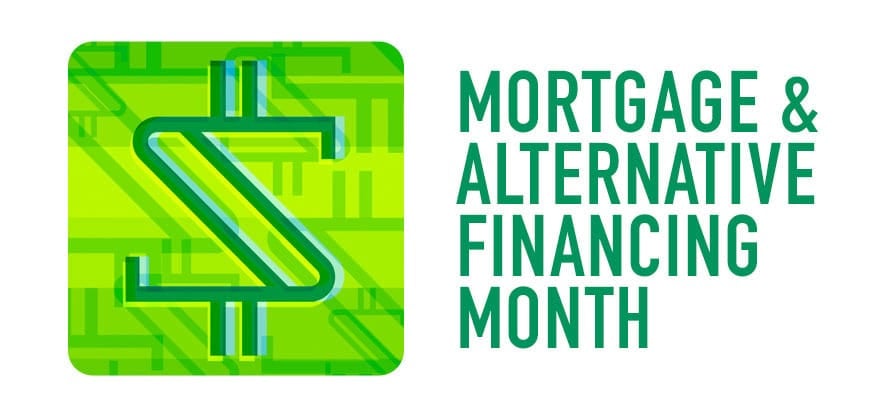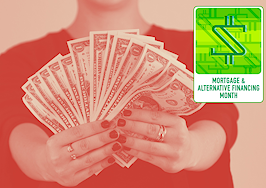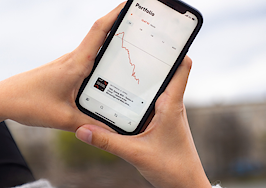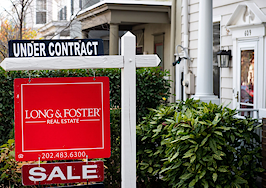All June long we’re going deeper on mortgage and title — looking at where the mortgage market is headed, how products are evolving and alternative financing options changing the game. Join us for Mortgage and Alternative Financing Month. And subscribe to Inman’s Extra Credit for weekly updates all year long.
Mortgage lending plummetted across the United States during the first quarter of 2022, marking the fastest year-over-year decline in eight years as mortgage rates shot up to five percent, according to a new report released Thursday, by the real estate data curator Attom.
It found that overall residential lending to be down 32 percent between the first quarters of 2021 and 2022, with refinancing lending dropping 22 percent and mortgages dipping 18 percent.
The biggest factor leading the plummet was a drop in refinance deals, according to Attom, who found that only 1.45 million residential loans were rolled over into new mortgages during the first three months of 2022, a 46 percent decrease from the same period of 2021 and a 22 percent decrease from the fourth quarter of 2021.
The drop-off in refinancing was expected as mortgage rates rose, but experts were caught off guard by the sharp decline in purchase loans — which dropped 12 percent annually and 18 percent quarterly, as lenders issued only 1.01 million mortgage loans to buyers.
“The drop-off in Q1 refinancing activity is no surprise with mortgage rates rising as rapidly as they have,” Rick Sharga, executive vice president of market intelligence at Attom said in a statement. “But many forecasts expected purchase loans to remain strong in 2022, and even increase in both the number of loans originated and the dollar volume of those loans. The weakness in purchase loan activity shows just how much of an impact the combination of escalating home prices and rising interest rates have had on borrower activity this year.”

Rick Sharga | Photo credit: Attom Data Solutions
The value of loans taken out for residential purchases dropped to $371.3 billion, a 16 percent drop from the fourth quarter and a 1 percent annual drop.
One area that bucked the trend was home equity lending, which went up 6 percent quarterly and 28 percent annually according to Attom, as more homeowners cashed in on their skyrocketing home valuations.
The drop in residential lending represents a sharp turnaround for the sector, which saw a near tripling of activity between the start of 2019 and early 2021, the report notes. The forces driving the downturn — high mortgage rates and record breaking housing prices — are poised to continue battering the market, suggesting the trend will continue.
The decline in lending activity is itself another sign that the U.S. housing market is finally cooling off, as more and more buyers find themselves priced out of homeownership.










